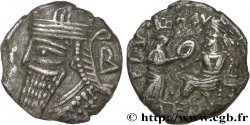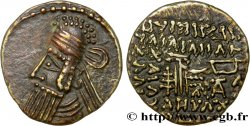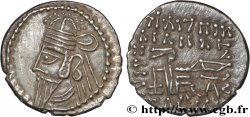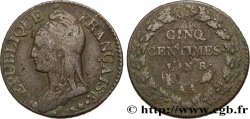bgr_586297 - REGNO DI PARTIA - VOLOGASO IV Tétradrachme
non disponibile.
Articolo venduto sul nostro negozio (2020)
Prezzo : 260.00 €
Articolo venduto sul nostro negozio (2020)
Prezzo : 260.00 €
Tipo : Tétradrachme
Data: an 510
Nome della officina / città: Séleucie du Tigre, Mésopotamie
Metallo : billone
Diametro : 23 mm
Asse di coniazione : 12 h.
Peso : 13,72 g.
Grado di rarità : R1
Commenti sullo stato di conservazione:
Exemplaire sur un petit flan, court sur les légendes. Beau buste de Vologèse V. Revers de style fin. Patine de collection avec desreflets dorés
N° nelle opere di riferimento :
Diritto
Titolatura diritto : DERRIÈRE LA TÊTE.
Descrittivo diritto : Buste diadémé et drapé de Vologèse IV à gauche avec la barbe longue, coiffé de la tiare avec crête ; le vêtement est richement orné ; dans le champ derrière, B.
Rovescio
Descrittivo rovescio : Vologèse IV assis à gauche sur un siège sans dossier, tenant un sceptre de la main gauche et recevant de la main droite, une couronne de Tyché debout à à droite.
Legenda rovescio : [BASILEWS// BASILEWN// ARSAKOU// OLAGASOU// EPIFANOUS// FILELLHNOS]// IF
Traduzione rovescio : (Roi des rois Arsace, juste, glorieux, philhellène).
Commento
Poids léger. Notre exemplaire est daté de 198-199 après J.-C (an 510 de l’ère arsacide). Le mois n’est pas visible sur cet exemplaire. L’ère parthe commençait en 312 avant J.-C., reposant sur l’ère séleucide et la dédicace de Séleucie du Tigre par son fondateur, Séleucus Nicator. Le début de l’année parthe était fixée au mois d’octobre (Dios) et l’année basée sur un calendrier lunaire avec un mois intercalaire. Ce type semble plus rare que ne le laissent supposer les ouvrages généraux. C’est la première fois que nous présentons un exemplaire à la vente.
Lightweight. Our example is dated 198-199 AD (510 AD). The month is not visible on this example. The Parthian era began in 312 BC, based on the Seleucid era and the dedication of Seleucia on the Tigris by its founder, Seleucus Nicator. The beginning of the Parthian year was fixed in October (Dios) and the year was based on a lunar calendar with an intercalary month. This type seems rarer than general works suggest. This is the first time we have offered a example for sale.
Lightweight. Our example is dated 198-199 AD (510 AD). The month is not visible on this example. The Parthian era began in 312 BC, based on the Seleucid era and the dedication of Seleucia on the Tigris by its founder, Seleucus Nicator. The beginning of the Parthian year was fixed in October (Dios) and the year was based on a lunar calendar with an intercalary month. This type seems rarer than general works suggest. This is the first time we have offered a example for sale.







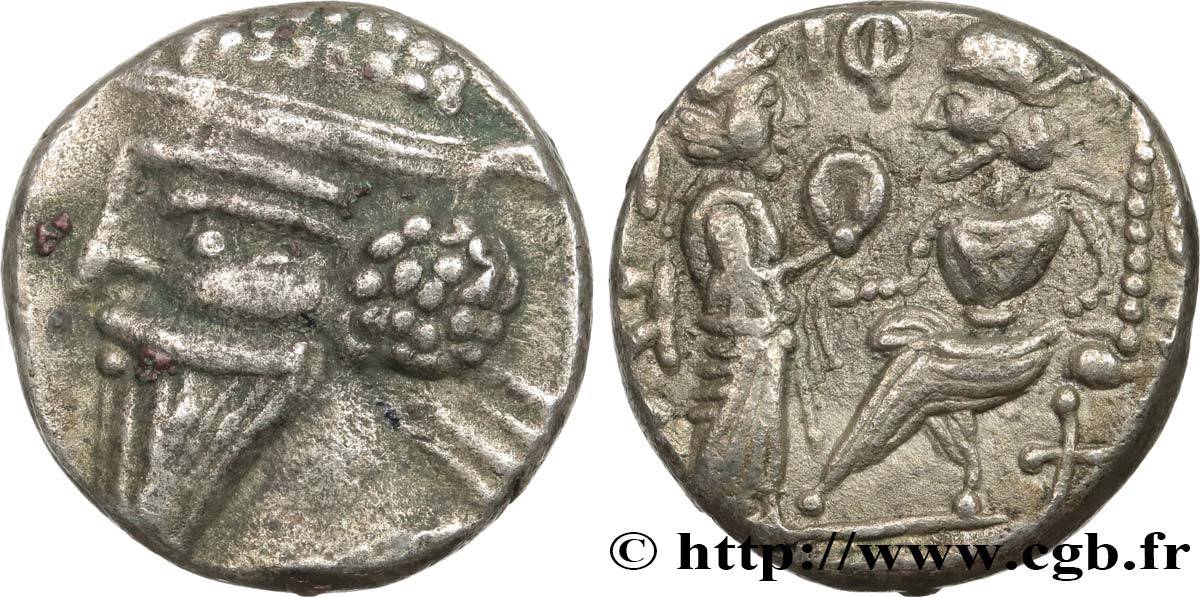
 Segnalare un errore
Segnalare un errore Stampate la pagina
Stampate la pagina Condividi mia selezione
Condividi mia selezione Fai una domanda
Fai una domanda Consegnare / vendere
Consegnare / vendere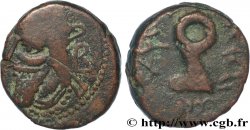
 Descrittivo
Descrittivo